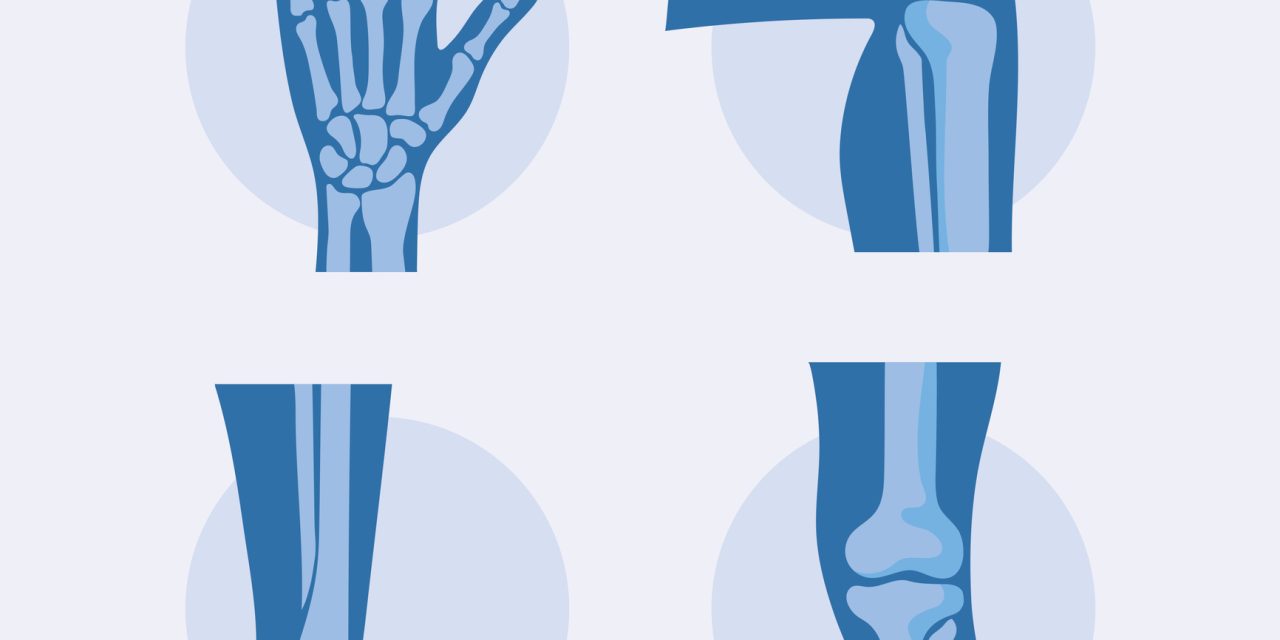Whether and to what extent an association exists between hyperuricemia and erectile dysfunction (ED) has not yet been fully determined.
To define pooled prevalence estimates and correlates of ED in men with hyperuricemic disorders.
A thorough search of Medline, Scopus and Cochrane Library databases was performed. Data were combined using random effects models and the between-study heterogeneity was assessed by the Cochrane’s Q and I tests. Funnel plot was used to assess publication bias.
Overall, 8 studies included gave information about 85,406 hyperuricemic men, of whom 5,023 complained of ED, resulting in a pooled ED prevalence estimate of 33% (95%CI: 13-52%; I² = 99.9%). The funnel plot suggested the presence of a publication bias. At the meta-regression analyses, among the available covariates that could affect estimates, only type 2 diabetes mellitus (T2DM) was significantly associated with a higher prevalence of ED (β = 0.08; 95%CI: 0.01, 0.15, P = 0.025). At the sub-group analysis, the pooled ED prevalence decreased to 4% (95%CI: 0-8%) when only the largest studies with the lowest prevalence of T2DM were included and increased up to 50% (95%CI: 17-84%) when analysis was restricted to studies enrolling smaller series with higher prevalence of T2DM.
A not negligible proportion of men with hyperuricemia can complain ED. While a pathogenetic contribution of circulating uric acid in endothelial dysfunction cannot be ruled out, the evidence of a stronger association between hyperuricemia and ED in T2DM points to hyperuricemia as a marker of systemic dysmetabolic disorders adversely affecting erectile function. This article is protected by copyright. All rights reserved.
This article is protected by copyright. All rights reserved.
Erectile dysfunction in hyperuricemia: A prevalence meta-analysis and meta-regression study.


